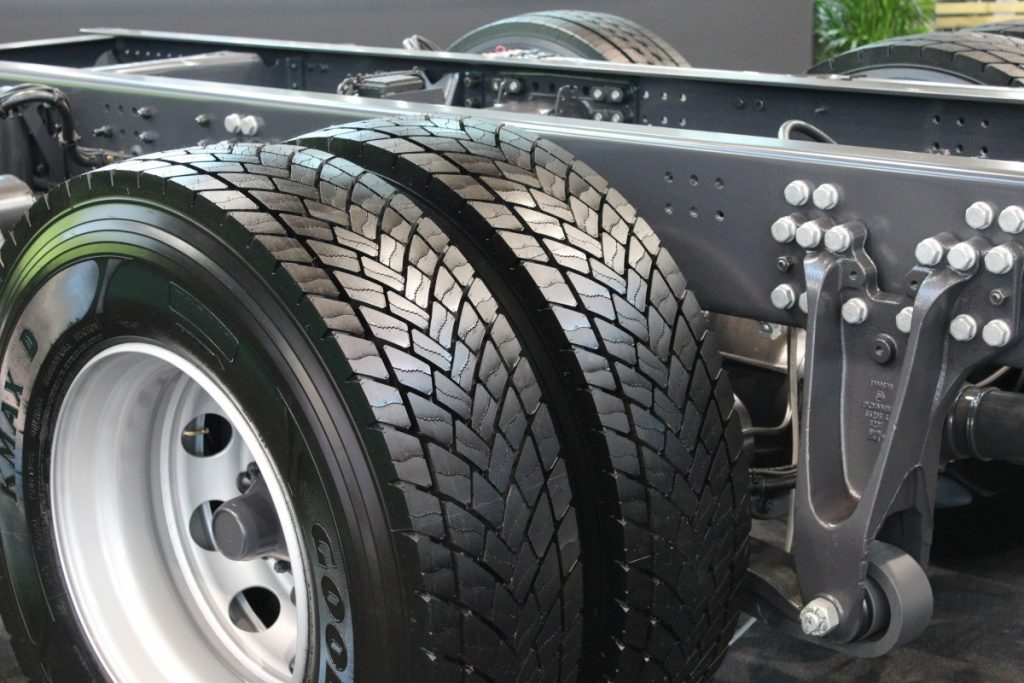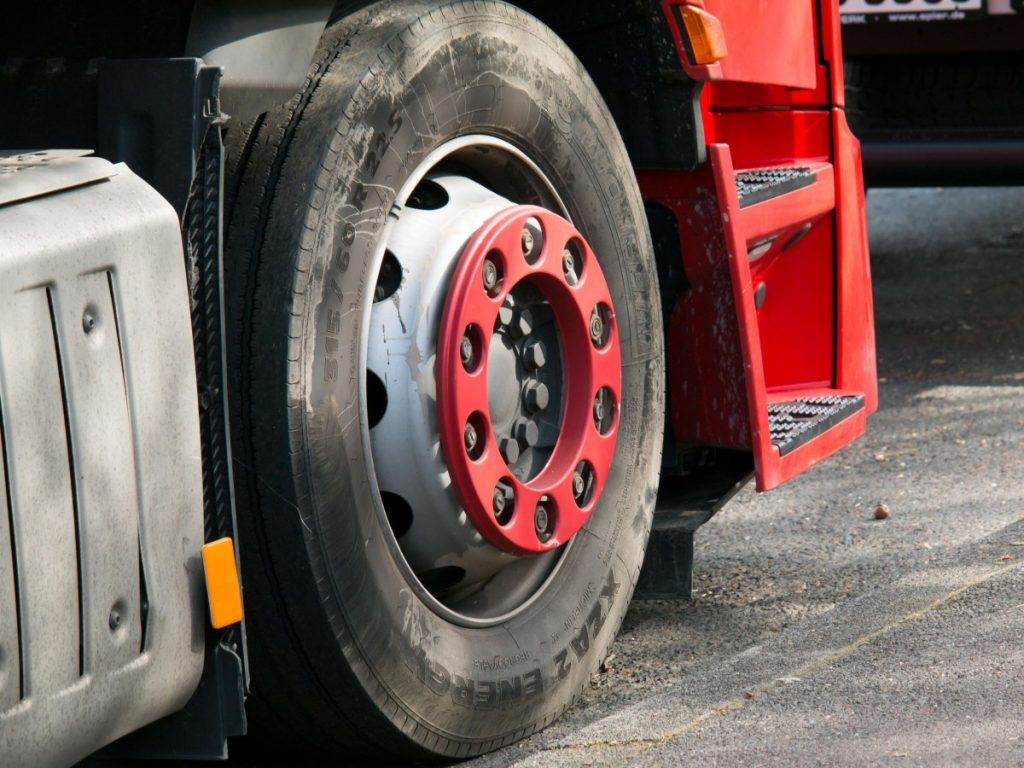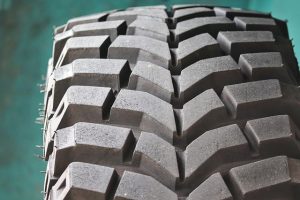Selecting the right tyres for a truck is crucial for performance, safety and longevity. The extensive information moulded into the sidewalls can be confusing to decipher. This guide covers how to interpret the key markings on truck tyres to choose optimal tyres for your needs.
Check Size Designation
The first code on the sidewall indicates tyre size. This will be a series of numbers and letters like LT245/75R17. The letters tell the type of service (P for passenger, LT for light truck). The first three digits represent width in millimetres. The next two digits are the aspect ratio – the tyre’s height relative to its width. The R means radial ply. The last digits reveal the diameter of the wheel rim in inches the tyre is designed to fit.
Review Load Range
The next code after size indicates load range – the maximum weight a tyre can safely support when properly inflated. Higher load ranges have more rugged construction. For light trucks, common load ranges are C, D and E. Some heavy duty tyres use higher ratings like F and G for more carrying capacity. Match the load range to your vehicle’s weight and typical cargo. Exceeding the load range risks damage and blowouts.
Check Max Inflation
Following load range will be a maximum inflation pressure, typically in the 50-80 PSI range for light truck tyres. This is the highest air pressure the tyre can handle for safe operation. Never exceed the max inflation – it can lead to sudden tyre failure. The higher the inflation number, the more robust the tyre’s construction. When inflating tyres, aim for the vehicle manufacturer’s recommended pressures.
Identify Speed Rating
The speed rating indicates the maximum speed at which the tyre can safely be driven for extended periods. Common ratings are S, T, H, V, with the letters corresponding to speed thresholds from 112 to over 149 mph. Choosing a speed rating equal or higher than your vehicle capability ensures safe peak speeds. Do not operate tyres above their rated speed – it increases the chance of tyre failure.
Review Treadwear Grade
The treadwear number predicts the tread’s relative wear lifetime compared to tyres tested under controlled conditions. For example, a tyre graded 400 should theoretically last twice as long as one graded 200 under the same usage. Higher treadwear grades signal enhanced tread durability. However, actual longevity depends on many factors like maintenance, alignment and driving style.
Match to Vehicle

When selecting replacement tyres, start by consulting your owner’s manual for the exact tyre specifications recommended for your make and model. Choosing the same tyre size, load index, speed and treadwear grades as the original tyres ensures optimal fit, handling and safety. Heed any special notes related to tyre type, construction and inflation. Following OEM guidelines prevents issues.
Consider Terrain Use
Determine what percentage of driving will be on-road verses off-road or rugged terrain. On-road focused tyres prioritize smooth ride and low noise. Off-road tyres emphasize traction and durability with more aggressive tread. All-terrain tyres deliver a blend optimized for mixed environments. Match tyres to where you drive most. Improper tread for conditions diminishes control and shortens tyre life.
Work With a Professional
With so many complex factors, have tyres installed and balanced by an experienced professional. They will ensure you get tyres suited to the vehicle, axle position and typical usage. Never exceed vehicle load capacities even if the tyre load range allows it. A qualified tyre shop helps get the ideal tyres dialed in for performance and longevity.
Knowing how to decipher the many markings on truck tyres makes selecting optimal tyres much easier. Match ratings to your vehicle and driving conditions. With the right tyres properly installed, your truck will have enhanced safety, handling and mileage.




